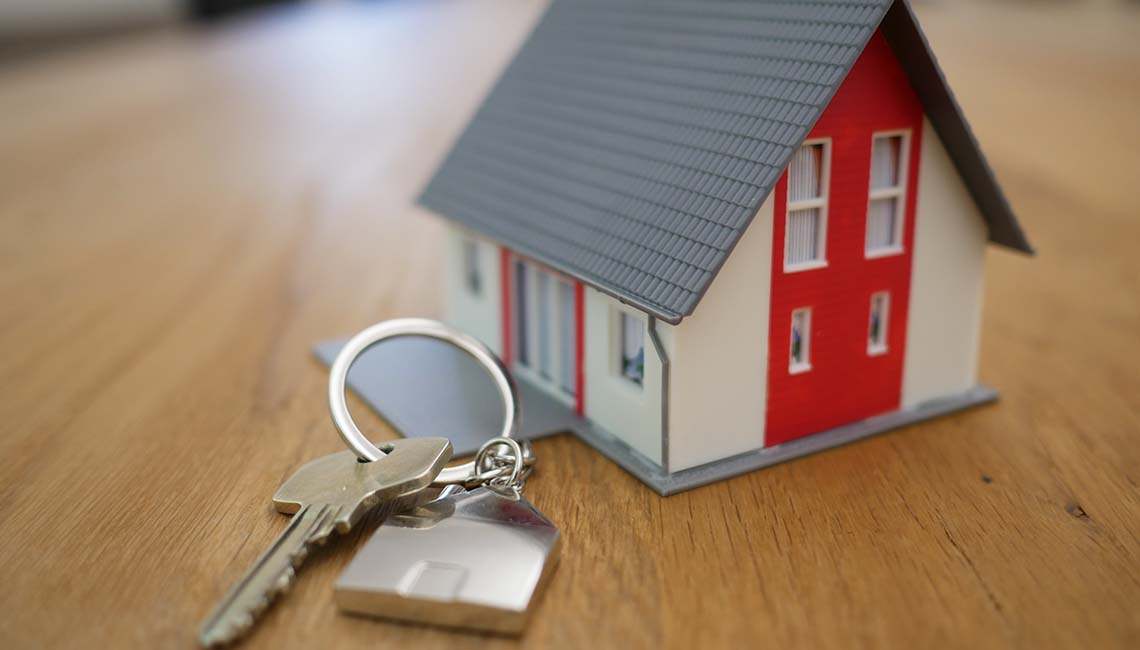Research has revealed that buyers with small deposits are paying up to $15,000 extra over the first years of their loans because of bank fees and premiums.
The research analysed the low-equity premiums and fees that banks charge borrowers with less than 20% deposit. A low equity premium could be a one-off fee or higher interest rate that is charged to borrowers that have less than 20% deposit.
Why do banks charge low-equity premiums and fees? While loan-to-value-restrictions (LVR) remain in place, low equity borrowing is becoming more common. The LVR measures restrict the number of mortgages that a bank can lend to people with deposits of less than 20%. This has resulted in an increase in low equity premiums and fees for borrowers with smaller deposits.
Reserve bank data shows that lending to first-home buyer with deposits of less than 20% rose from $149 million in April 2017 to $275m in April 2018.
But this additional lending usually comes at a cost. Most banks charge these borrowers an extra fee.
This is because mortgage lending with lower deposits is usually higher risk. The extra fee is usually intended to give the lenders mortgage insurance (LMI), to protect the banks from financial loss if the borrower defaulted.
How much extra to banks charge low-equity borrowers?
The charges vary between different banks. ASB, BNZ and Westpac add an extra, ongoing margin on top of their normal home loan interest rate. This ranges from 25 basis points for those with almost 20% deposit, through to 150 basis points for those with the least money to put into the deal.
ANZ charge a one-off fee of up to 200 basis points depending on the size of the borrower’s deposit. Kiwibank charges a one-off fee of between 0.25% - 0.8% of the loan amount.
In most cases these buyers cannot access the “special” rates than banks advertise.
What is a basis point? It is a term used to describe the difference and changes in interest rates. One basis point is one one-hundreth of a percent, or 0.01%. Therefore one hundred basis points is one percent)
Which is better? A one-off fee or an ongoing margin?
With most banks that charge an ongoing fee – the extra ongoing margin that you pay on you home loan interest rate will decrease as you pay more of the mortgage off.
For example, if someone with a 10% deposit buys a house in Auckland for $850,000 on an interest rate of 4.70% they would pay $282.093.63 in the first five years of their loan, if they went to a bank with a reducing margin structure.
After that time, they would have built up enough equity to have the margin removed completely.
They would pay $269,123.46 over the same period if they were to pay a one-off fee.
Without either, they would pay $267,119.
How can I get the best deal as a low equity borrower?
If you are looking at buying a new home, and you have a deposit of less than 20%, then best deal will depend on your exact situation. In the past, low-deposit borrower could sometimes dodge the charges. But, in the current market anyone with a small deposit is likely to be effected, with a big variation in fees depending on how you borrow.
That means it’s more important than ever to do your research and get as much advice as you can when researching your mortgage options. Complete a mortgage healthcheck with Money Compare and one of our home loan experts will be in touch to discuss your situation.
Request a mortgage healthcheck
Research Source here




